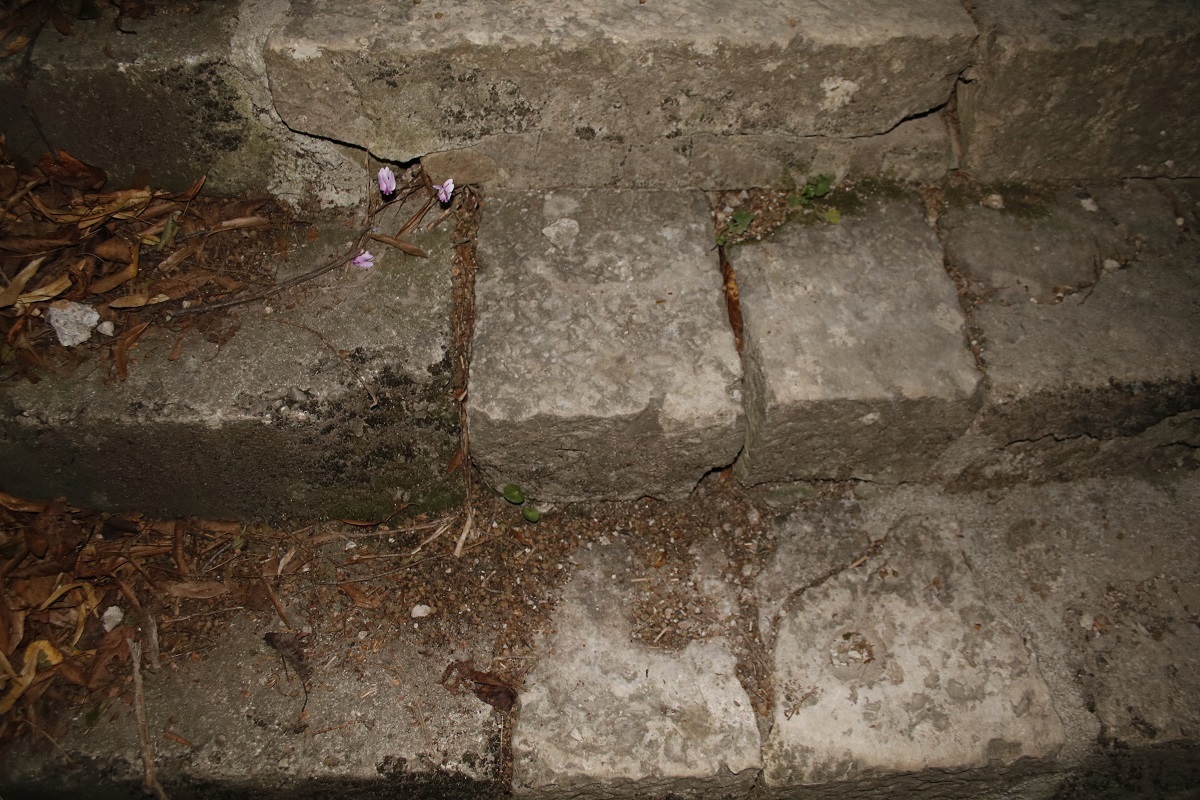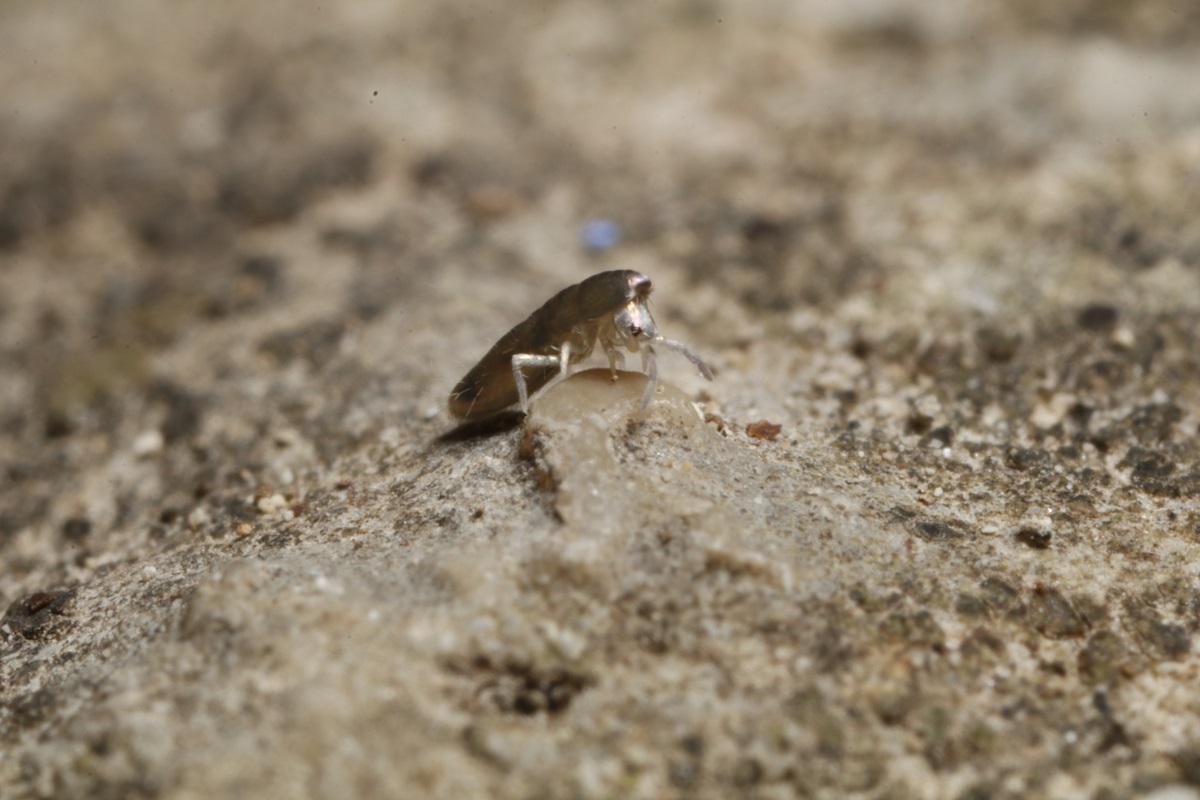Spellbinding Waltz of Dancing Springtail: New Species Discovered in Krka
December 3, 2020 – New species, the Dancing Springtail has been videoed performing the fascinating and unique dance from which it takes its name. This recent discovery is so far absolutely unique to one quiet corner of Croatia's Krka National Park
It takes all sorts to make the world. In modern-day America, this is more usually said 'It takes all kinds to make the world go round'. But, this famous saying is older than the United States of America. It comes from the Spanish novel, Don Quixote, published in 1605 and written by Miguel de Cervantes - 'de todos ha de haber en el mundo' (literally, 'there must be of all [types] in the world'). Nowhere is this historic phrase more applicable than in biodiversity.
Bugs are often not the prettiest of creatures. We really don't like it when they come into our homes. But, as TCN learned in our recent article on Stinky Martin aka Smrdljivi Martin, every indigenous species has a role to play in our ecosystems. No matter how unsightly, every bug has its rightful place.
The Dancing Springtail, discovered living in a micro-section of Krka National Park, is not beautiful like a butterfly. Its silver body displays no bold colours capable of catching the eye. But, it does have its own mesmerising dance. And, so far, it is absolutely unique, not only to Croatia but to one tiny corner of Krka National Park.
Observed and recorded in video two years ago, the Dancing Springtail has now been classified and given its own name - Lepidocyrtus chorus, the second word pertaining to the curious waltz the Dancing Springtail is seen to do. Thought to relate to its feeding, diet and possibly digestion, the Dancing Springtail makes a circular movement with its abdomen, while keeping its head in one position. It rotates in both directions. This dancing movement is unique to this Croatian sub-species.
The Dancing Springtail was spotted and specimens collected from the old stone steps in the area of HPP Miljacka in Krka National Park. The stairs are usually damp, partially covered by overhead trees and overgrown with lichen and moss. This particular area of the Krka river canyon, around the Miljacka waterfall, is of exceptional importance to Krka National Park, due to the mix of caves and water features which occur there and the biodiversity within the area. For these reasons, this area is off-limits to the public. The Dancing Springtail has, so far, been seen nowhere else in the world.
The body length of the Dancing Springtail, minus the head, is 1.7 mm. The top of the body is covered with silver scales, but upon closer inspection, it has dark purple spots on the sides of its fourth abdominal ring. On its head, between the antennae, there is a purple-colored patch, roughly in the shape of a triangle. The steps near the Miljacka waterfall where the Dancing Springtail was discovered © Krka National Park
The steps near the Miljacka waterfall where the Dancing Springtail was discovered © Krka National Park
The Dancing Springtail is a sub-species of a wider family of hexapods known as Springtails or Collembola (Skokuni, in Croatian). These bugs are no longer classed as insects, because their mouths are internal, rather than exposed. There are about 3,600 different species of Springtails. They have been observed to feed on leaf litter, fungal hyphae, spores, pollen, animal remains, colloidal materials, minerals and bacteria. In doing so, they assist the decomposition process of natural areas. They are reputed to be one of the most abundant of all macroscopic animals, with estimates of 100,000 springtails living in every square metre of ground. Anywhere there is soil, you can dig and surely find them. A Dancing Springtail © Krka National Park
A Dancing Springtail © Krka National Park
Springtails get their name from an appendage they have on their abdomen which is held under constant tension. When released, the appendage allows them to fling themselves high through the air in as little as 18 milliseconds. They use this jump as a defensive mechanism and in order to migrate to fresh feeding grounds. The appendage makes springtails one of the best jumpers on the planet.
Springtails possess the ability to reduce their body size by as much as 30% in response to rising temperatures in their environment. Warmer conditions increase their metabolic rates and so the decreasing of their size helps them survive. Springtails are good bio-indicators of soil quality and are currently used in laboratory tests for the early detection of soil pollution. Rumours persist that the United States investigated weaponising springtails for use in biological warfare, indeed that they were used for such a purpose in the Korean War. No widely-accepted proof of this usage exists.
Via the study of fossils, we know that springtails have been on the planet for at least 400 million years. If the Dancing Springtail of Krka National Park has been around for that long, its unique movement is probably the longest-running dance in the world.
NP Krka To Be Showcased at Exhibitions in Medjimurje and Skradin
One of Croatia's most beautiful national parks will be showcased in exhibitions in Medjimurje and Skradin.
UNILAD Adventure Shares the Incredible Things You Can Do in Croatia (Video)
UNILAD, the popular portal to bring you the funniest and most trending content from around the world, promotes Croatia on July 16, 2017.


